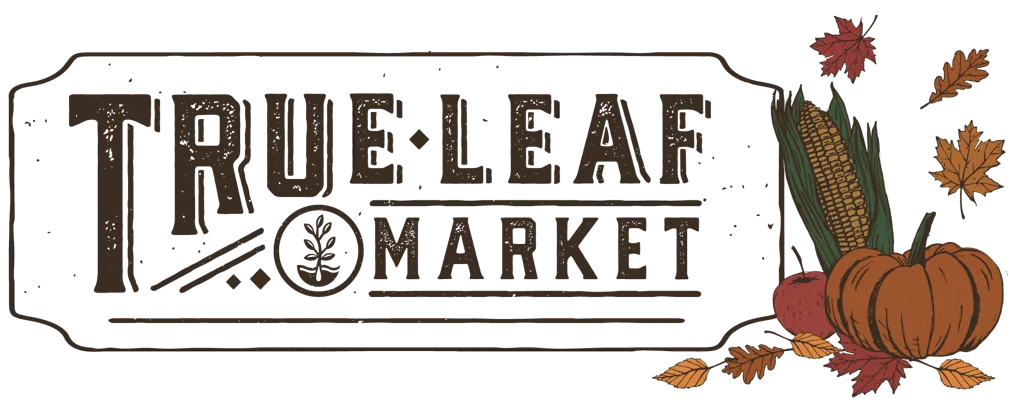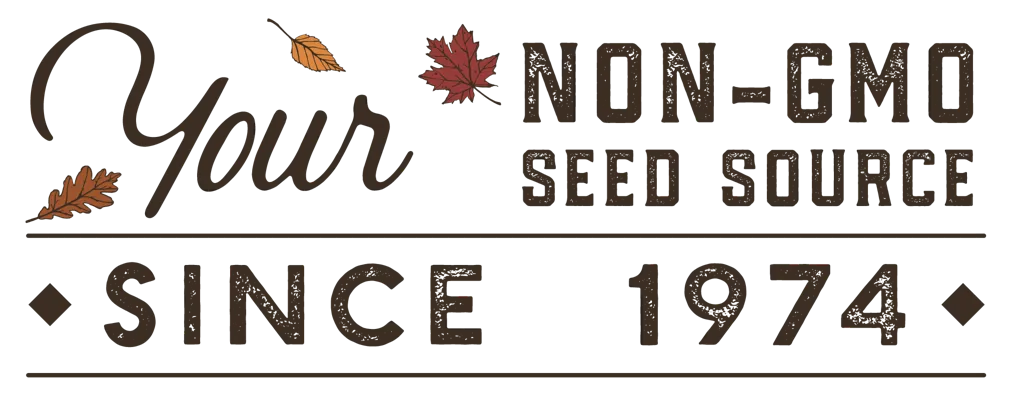Growing Non-GMO Shasta Daisy Crazy Daisy Flower Seeds
Start shasta daisy Crazy Daisy seeds indoors 6-10 weeks before the final frost date. Crazy Daisy seeds will germinate in 2-3 weeks. Once germinated, move under a fluorescent grow light for 16 hours of light per day until two sets of true leaves have developed. Transplant Crazy Daisy seedlings into an indoor pot and then begin hardening them off before transplanting them outdoors. For direct sowing, plant shasta daisy Crazy Daisy seeds in average, medium-dry, and well-drained soil in full sun when the soil has warmed. Avoid overhead watering and water soil directly to minimize getting the foliage wet. Cut back spent foliage, leaves, and blooms after flowering to prolong vitality into late summer.
Shasta Daisy blooms from spring to summer in their second year and will die back at the first frost but will come back next year. We recommend either using a slow-release fertilizer or simply working organic compost into the soil each spring to boost growth. Divide the group every 2-3 years in the early spring before flowering begins. You know a plant needs to be divided if they stop putting out new foliage. Cut back fading blooms to extend color and prevent reseeding. Prune back any dead plant matter in the autumn.
Shasta Daisy Crazy Daisy in the Flower Garden
Shasta Daisy is perfect for low-maintenance garden beds, front borders, or incorporating into a perennial-focused landscape plan. It can also be cut for spring bouquets and arrangements. Crazy Daisy flowers are great for butterfly, cottage, cutting, and lightly shaded gardens. It is attractive to bees, beneficial insects (that will consume common garden pests for you), and butterflies and yet, it is resistant to deer and rabbits.
Landscape Use of Shasta Daisy Crazy Daisy
Crazy Daisy shasta daisy seeds promise a unique take on the traditional Shasta Daisy with white 3-inch pompom daisies ideal for window boxes, hanging baskets, or as a quaint seasonal border around the flower bed.
About Shasta Daisy Crazy Daisy Garden Seeds
Shasta Daisy will self-seed and volunteers will come up the following year if the flowers are not deadheaded. They can become quite prolific if left to their own devices.
All parts of this plant are edible but should be consumed in moderation to avoid stomach upset. They also have quite a strong flavor. Use them as gorgeous garnishes on cakes and other dishes!
Shasta Daisies live from year to year but will eventually need to be replaced. The exact timing of renewal is determined by a wide variety of factors. Essentially, when they stop doing what they do best (even after division and fertilization), they may have lived their life through.
Shasta daisy is a hybrid selectively crossed and produced in 1890 by pioneering American horticulturist Luther Burbank. Burbank worked in Sonoma County in California and named his new strain of white-petaled daisies in reference to the snow-capped peak of nearby Mount Shasta.
Tips From Our Gardeners
”Everyone knows and loves the classic shasta daisy. The Crazy Daisy variety brings it up to a whole new level! Plant these fluffy friends in your garden this year for an undeniably fun alternative."
 |
- Lara Wadsworth, True Leaf Market Writer
|
Crazy Daisy Shasta Daisy Seeds Per Package:
- 1 g - Packet - Approximately 775 Seeds
- 1 oz - Approximately 22,000 Seeds
- 4 oz - Approximately 88,000 Seeds
- 1 lb - Approximately 350,000 Seeds
Non-GMO Shasta Daisy Crazy Daisy seeds are available for Fast Free Shipping on qualifying orders.
















